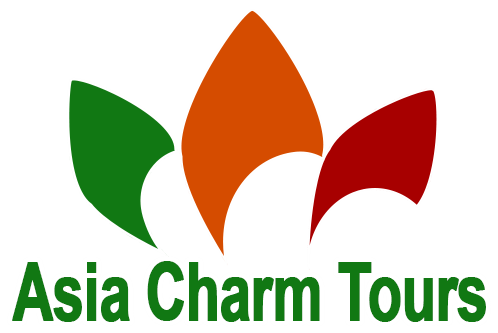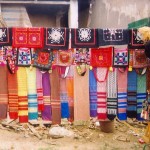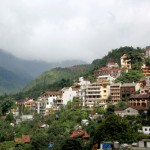Learning Vietnamese
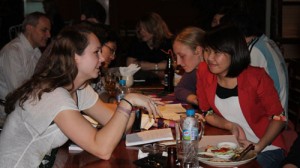 (VOV) – Imagine arriving in a new country without being able to say hello and you’ll find it ever more urgent to learn Vietnamese than you think it is.
(VOV) – Imagine arriving in a new country without being able to say hello and you’ll find it ever more urgent to learn Vietnamese than you think it is.
I myself have learnt a few languages in my lifetime. Many of them are European with Latin roots such as French or Spanish, one resembling another as far as its basic structure is concerned.
Every time before arriving in a new country I try my best to learn at least how to say ‘hello’, ‘thank you’ and, most importantly, how to order a cup of coffee. But it seems to be no easy task at all.
Learning Vietnamese has become one of my greatest challenges since I arrived in Hanoi four months ago. I felt that learning the language was the key to cultural integration.
Supposing that the Vietnamese use Latin letters I really hoped I could get around town rather easily by just deciphering street names.
In fact, after having tried to explain my address to a taxi driver for what felt like a million times I decided to learn Vietnamese at any cost.
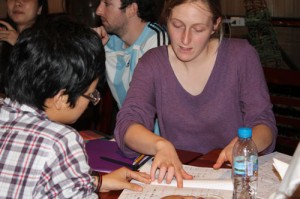 The first challenge started when I sat down for my Vietnamese lesson at Puku Café. Organized by a group of volunteers the downtown bar offers free weekly Vietnamese lessons where foreigners pair up with young Vietnamese students seeking to improve their English by teaching their own language to others.
The first challenge started when I sat down for my Vietnamese lesson at Puku Café. Organized by a group of volunteers the downtown bar offers free weekly Vietnamese lessons where foreigners pair up with young Vietnamese students seeking to improve their English by teaching their own language to others.
My confusion became more confounded when my teacher, a young girl named Ly told me the first thing she was going to teach me was the alphabet. “But I know the alphabet”, I said. “Not the Vietnamese one”, she replied.
A few minutes later I realized she was right. I had no idea what I got myself into. I never knew there could be six different ways to accentuate a word which eventually leads to six different meanings.
The classical example is the word ma. It can be written má (mother), mà (but), mả (tomb), mã (horse), mạ (rice seeding) or simply ma (ghost). So instead of talking about your mother by a slight mispronunciation you could be talking about a ghost or a horse.
The second challenge was to get used to the reversed sentence structure. Sometimes it seems to be the same (TôilàLaura means I am Laura). At other times it is completely different, for example, when question words are put at the end of a sentence instead of the beginning. That was something I should get used to.
The phonology on the other hand was something I believed I could learn. Although I’ve failed many times to properly pronounce my address I never give up the idea of getting it right the next time.
What I’ve managed to learn first are just a few helpful words to facilitate my daily routine. Bargaining is a lot easier (or cheaper!) once you can remember the numbers and know how to say “how much is this?” (“Baonhiêutiền?”).
Four months of lessons and a self-study book have made it possible for me to remember some basic vocabulary. Every time I successfully manage a conversation in a shop or with a taxi driver I feel my heart leaping with joy.
I proudly told my teacher later at Puku Café that Vietnamese is not the easiest language to learn, but with every word bringing me closer to understanding the meaning, I find it quite worth a try.
Write by: Laura Goehler
Source: vov.vn
——————- HOME PAGE ————————
Also see:
- Hanoi’s traditional craft villages join World Crafts Network
- Yen Tu Spring Festival opens
- Hon Dung community tourism village recognized
- Sapa Việt Nam’s mountain range in top place to travel in 2019
- The Southern Fruit Festival 2017 will last for 3 months
- Cheo plays to grace Ha Noi stage every Saturday
- Vietnam among top 10 budget honeymoons: Lonely Planet
- Celebrate Lunar New Year in Sapa
- Ideal Places For Travelling By Motorbike In Vietnam
- Da Lat And Sa Pa Among Best New Destinations In Asia
- Homestay in Ta Van Village, Sapa
- Thang co’ – A traditional dish of Mong ethnic group


